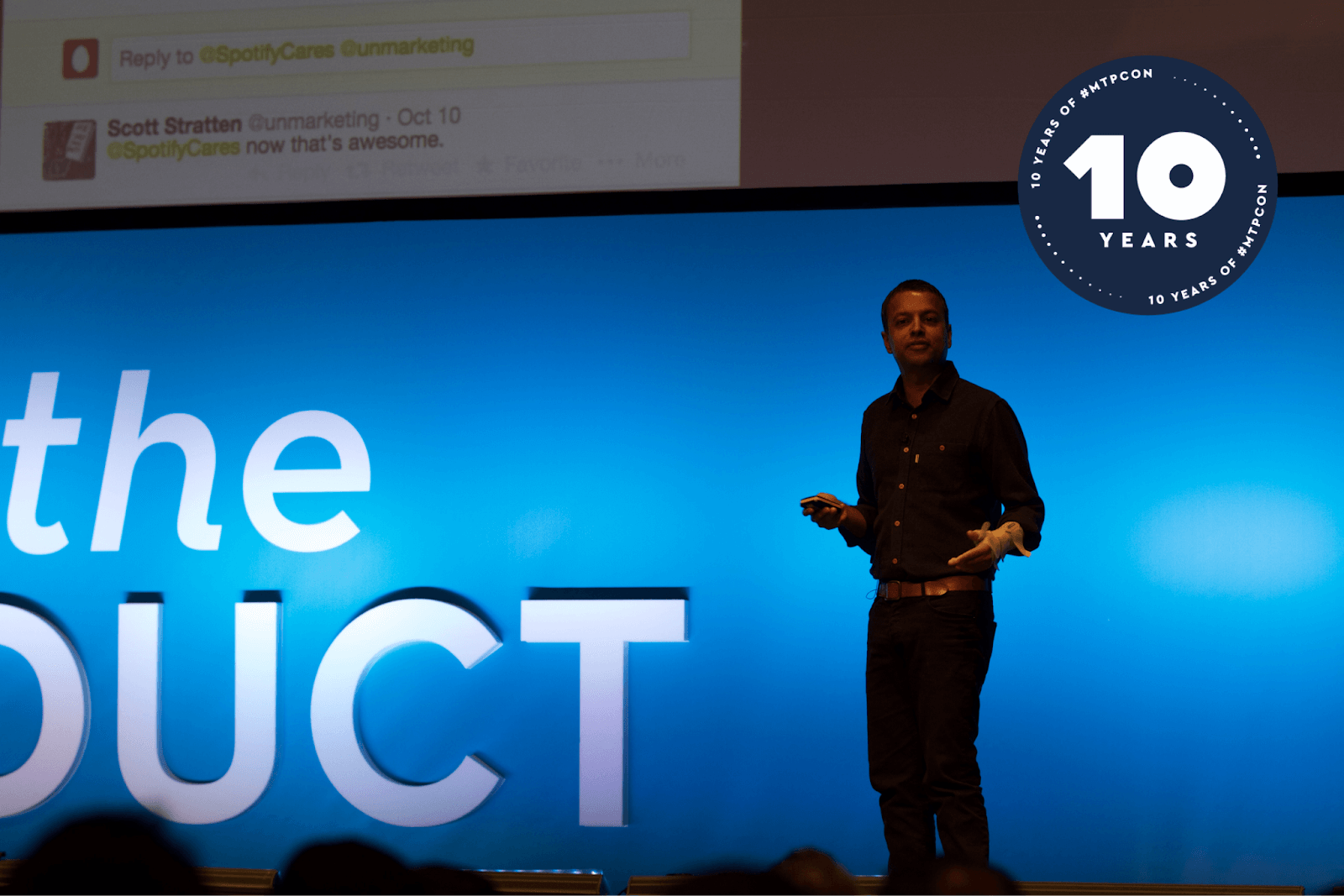Product Leadership
SEP 27, 2021
How to encourage change by building trust
Read next

Learnings from London
Learnings from London: Going from Meh to Awesome by Shiva Rajaraman

Louron Pratt
- 3 min read

Building Product Teams
SUNDAY REWIND: Why product thinking is the future for product management

Eira Hayward
- 1 min read



Comments
Join the community
Sign up for free to share your thoughts